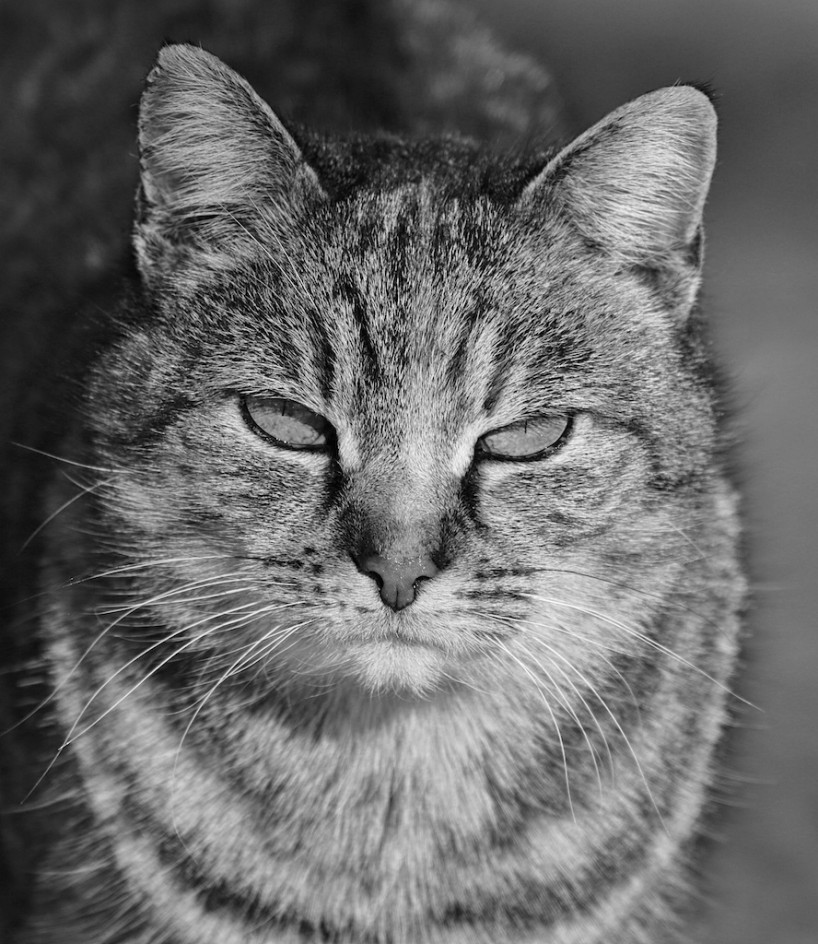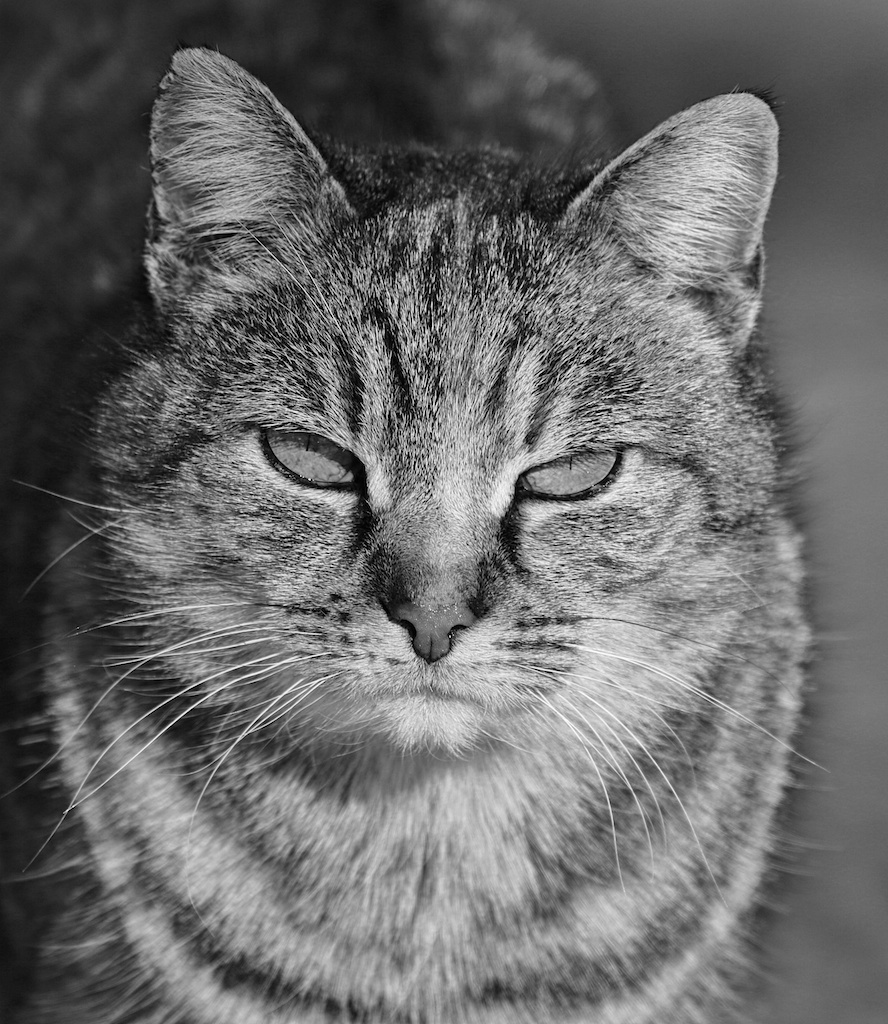
Every now and then, some element our media and population are shocked to stunned to learn that there is no such thing as a no-kill life for animals in the real world – that even though we love them, animals are not nice and often kill, stomp or eat one another. I confront this every time an animal dies or is euthanized on the farm and find that people are amazed that such things occur. We romanticize and emotionalize animals so much we are losing any sense of what they are like. Friday, the New York Times was shocked to realize that cats are deadly killers of things.
In an article published Friday entitled “The Cuddly Kitty Is Deadlier Than You Think,” the Times reports that the Smithsonian Conservation Biology Institute and the Fish and Wildlife Service estimate that domestic cats in the United States – the pets, strays and feral kinds – kill a median of 2.4 billion birds and 12.3 billion mammals a year, most of them native mammals like shrews, chipmunks and voles. The researchers said they were absolutely “stunned” by their findings, and I had to wonder why government scientists are dumbstruck by the fact that cats kill many things. How come I knew it? It is little wonder that half of Congress doesn’t believe in global warming.
Cats, says the reports, are far deadlier than previously believed. I am intensely curious to learn just how a study like this could possibly be done, but that aside, it’s even more interesting to wonder why this is such a shock to battle-scarred journalists and millions of pet and animal lovers. What, exactly, did they think was going on out there? That cats were holding workshops on environmental issues for moles and birds? A Google search pulls up lots of shocked cat stories over the years. Either the research is getting a lot better or the cats are getting a lot meaner. Some animal stories are annuals – the border collie memorizing encyclopedia’s and speaking Russian and the always growing number of estimates about the things cats kill.
To me, this speaks to our disingenuous disconnection with the natural world. We have come to see all animals – sheep, donkeys, moles, mice – in the same way we see pets, and we can no longer distinguish one from another. We want to cuddle all of them. We are coming to see the earth as one great no-kill shelter where animals cavort lovingly and live forever.
This is just not the way nature works. Anywhere one goes in nature – a farm, a stream, the woods, the sky, the ocean – slaughter and mayhem are epidemic. Who can imagine how many rabbits get eaten by hawks, owls, foxes, coyotes, fishers, let alone cats. Or how many fish are consumed in a day by a killer whale? The oceans are a slaughterhouse and so is the woods, where I walk every day and see the carcasses left behind by the feasting that goes on all night and much of the day.
All of this works to control and feed the natural ecosystem, including ours. And no damage is fractionally as great as that done by murderous and greedy humans, who wipe out more species of animals than any cats could possibly get to. Maybe it is humans who ought to be kept indoors. We do not seem “stunned” by the animals or the people we kill. I wonder what cats would find if they did a study on the deadliness of humans.
All kinds of animals eat one another in staggering numbers, and those that aren’t eating one another are devouring grass, shrugs and berries. The New York Times doesn’t ask why nature created cats and the things they eat. Maybe there is a purpose or benefit from us that we haven’t considered or can’t imagine. It seems like hubris – ignorance, perhaps – to be shocked by the way the natural world works. In our rush to love and cuddle them, we seem to be losing track of what animals are like. We want to see cats as cuddly and cute, just as the Times story suggest. Cats did not ask to be cuddly any more than dogs sought medicine for separation anxiety. We project on them what we need them to be.
What is more interesting to me, is that we seem to be losing our ability to accept the reality of what animals are really like. And to love them for what they are truly like, not what we wish them to be.

